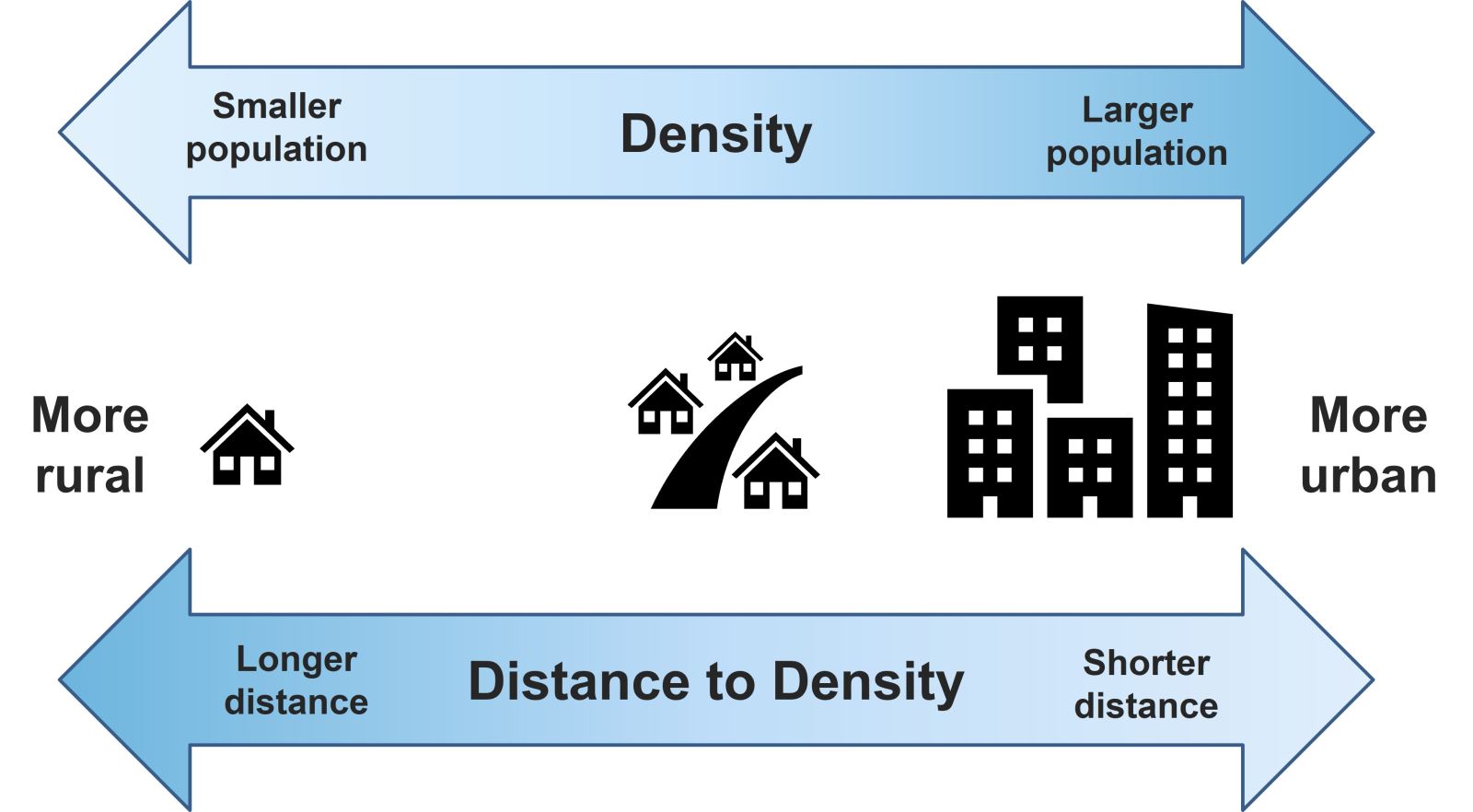
What is the rural-urban continuum? The rural-urban continuum is a concept that highlights the gradual transition between rural and urban areas, rather than a strict divide. It acknowledges that communities can exhibit characteristics of both rural and urban life. This continuum includes various settlement types, from isolated farms and small villages to bustling cities. Factors like population density, economic activities, and infrastructure play a role in determining where a place falls on this spectrum. Understanding this continuum helps in planning and policy-making, ensuring that the unique needs of different communities are met. This concept is crucial for addressing issues like urban sprawl, resource allocation, and sustainable development.
Understanding the Rural-Urban Continuum
The rural-urban continuum is a concept that helps us understand the gradual transition from rural areas to urban centers. This continuum highlights the blending of characteristics from both rural and urban settings, creating a spectrum rather than a strict divide.
-
The rural-urban continuum concept was first introduced by sociologists to explain the gradual shift in lifestyle, economy, and infrastructure from rural to urban areas.
-
Rural areas typically have lower population densities, while urban areas are densely populated with more infrastructure and services.
-
Suburban areas often serve as a bridge between rural and urban settings, combining elements of both.
-
The continuum helps policymakers plan for balanced development, ensuring that rural areas are not left behind in terms of infrastructure and services.
Economic Aspects of the Rural-Urban Continuum
Economic activities vary significantly along the rural-urban continuum. Understanding these differences can help in creating effective economic policies.
-
Agriculture is the primary economic activity in rural areas, while urban areas focus more on industrial and service sectors.
-
Rural areas often face challenges like limited access to markets, which can hinder economic growth.
-
Urban areas benefit from economies of scale, where businesses can operate more efficiently due to the concentration of resources and services.
-
Suburban areas often host a mix of small businesses, retail centers, and residential communities, contributing to a diverse economy.
Social and Cultural Dimensions
The social and cultural aspects of the rural-urban continuum are equally important. These dimensions influence lifestyle, community interactions, and cultural practices.
-
Rural communities tend to have close-knit social structures, where everyone knows each other.
-
Urban areas are more diverse, with people from various backgrounds and cultures living together.
-
Suburban areas often offer a blend of rural and urban lifestyles, with community events and social activities that cater to diverse populations.
-
Cultural practices and traditions can vary widely along the continuum, reflecting the unique history and heritage of each area.
Infrastructure and Services
Infrastructure and services are crucial for the development and well-being of any area. The rural-urban continuum shows significant differences in this regard.
-
Rural areas often have limited access to healthcare, education, and transportation services.
-
Urban areas boast advanced infrastructure, including hospitals, schools, public transportation, and recreational facilities.
-
Suburban areas usually have better access to services than rural areas but may still lack some of the amenities found in urban centers.
-
The development of infrastructure in rural areas can help bridge the gap and improve the quality of life for residents.
Environmental Considerations
The environment plays a significant role in shaping the rural-urban continuum. Different areas face unique environmental challenges and opportunities.
-
Rural areas often have more green spaces and natural landscapes, which can support agriculture and biodiversity.
-
Urban areas face challenges like pollution, limited green spaces, and higher energy consumption.
-
Suburban areas can offer a balance, with residential communities often featuring parks and green spaces.
-
Sustainable development practices can help mitigate environmental issues along the continuum, promoting a healthier and more balanced ecosystem.
Technological Advancements
Technology has a profound impact on the rural-urban continuum, influencing communication, transportation, and economic activities.
-
Rural areas may have limited access to high-speed internet and advanced technologies, which can hinder development.
-
Urban areas are often at the forefront of technological advancements, with widespread access to high-speed internet, smart infrastructure, and innovative services.
-
Suburban areas benefit from technological advancements but may still face challenges in terms of connectivity and access to cutting-edge technologies.
-
Bridging the digital divide is essential for ensuring that rural areas can participate in the digital economy and access modern services.
-
Technological advancements can also support sustainable development, helping to address environmental challenges and improve the quality of life along the rural-urban continuum.
The Rural-Urban Blend
Understanding the rural-urban continuum helps us see how interconnected our world is. Rural areas aren't isolated; they influence and get influenced by urban centers. This blend impacts everything from economics to culture.
Urbanization brings opportunities but also challenges like pollution and overcrowding. Meanwhile, rural areas offer natural beauty and traditions but face issues like limited access to services.
Recognizing these dynamics can lead to better policies and a balanced development approach. Whether you live in a bustling city or a quiet village, the rural-urban continuum shapes your life.
By appreciating both sides, we can work towards a future where urban and rural areas thrive together. This balance is key to sustainable growth and a harmonious society.
Was this page helpful?
Our commitment to delivering trustworthy and engaging content is at the heart of what we do. Each fact on our site is contributed by real users like you, bringing a wealth of diverse insights and information. To ensure the highest standards of accuracy and reliability, our dedicated editors meticulously review each submission. This process guarantees that the facts we share are not only fascinating but also credible. Trust in our commitment to quality and authenticity as you explore and learn with us.
